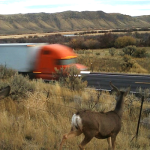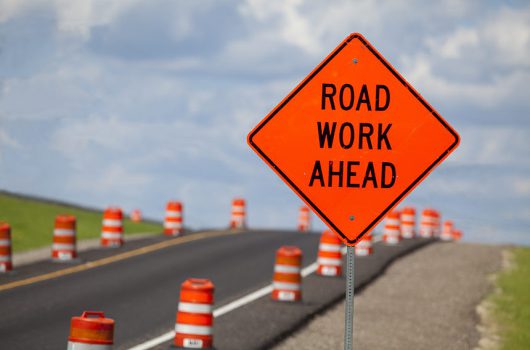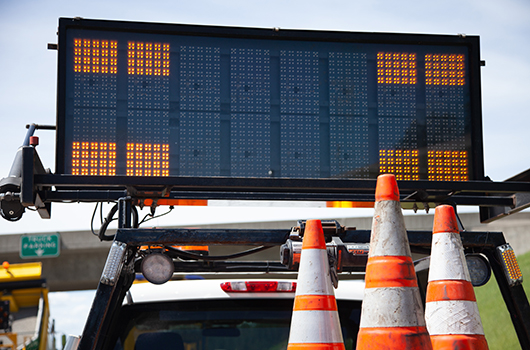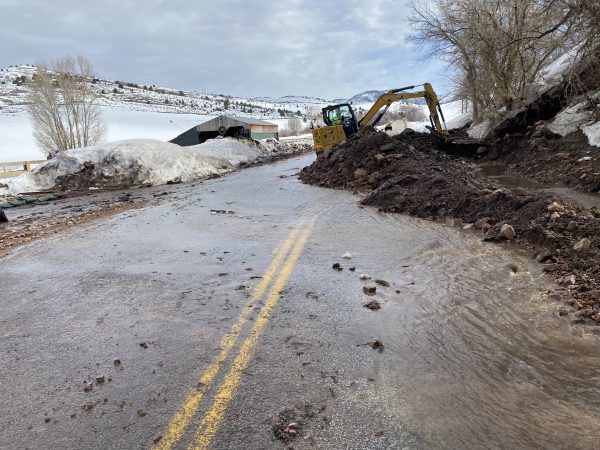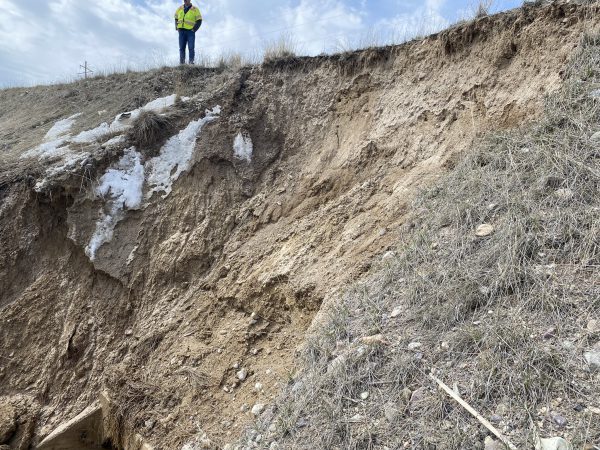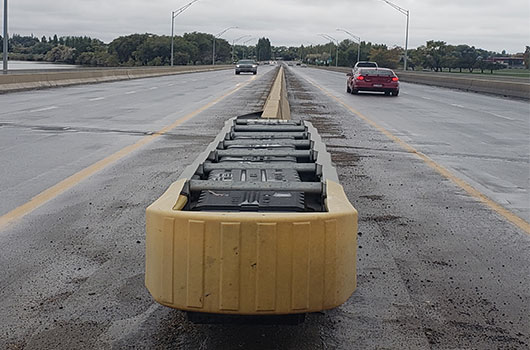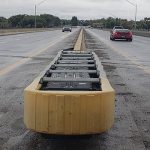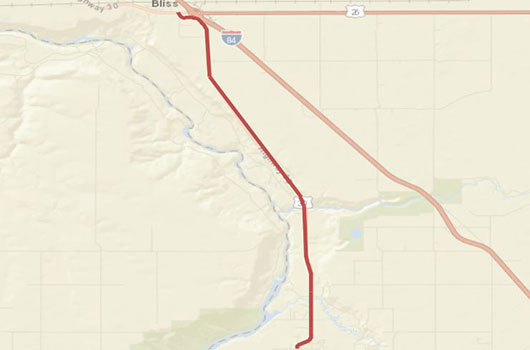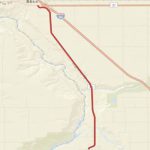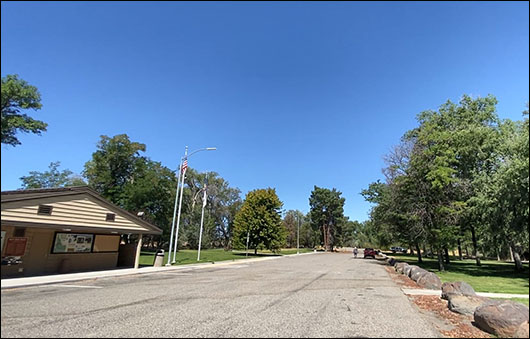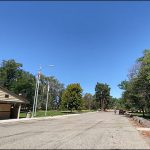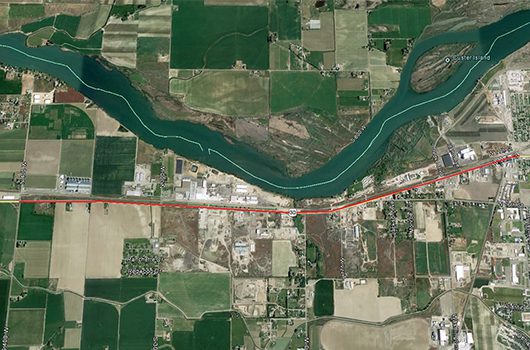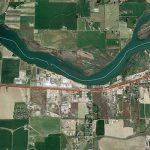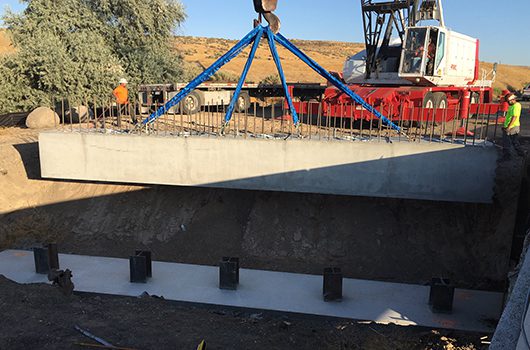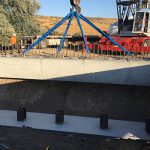ITD secures grant to build wildlife underpasses
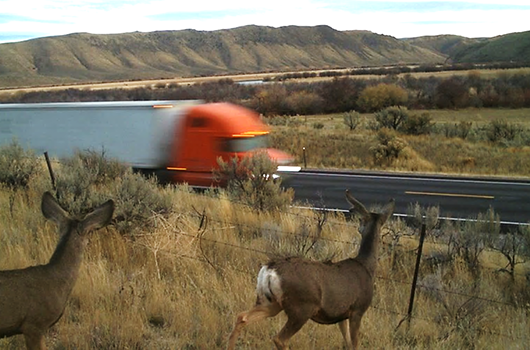
The Idaho Transportation Department recently secured $20.8 million in grant funding to build three wildlife underpasses near Montpelier. These improvements will increase drivers’ safety on U.S. Highway 30 at Rocky Point between Montpelier and the Wyoming border, with construction anticipated in 2026.
The project aims to mitigate wildlife-vehicle conflict points with wildlife underpasses built where the highway crosses a regional mule deer migration route. This 20-mile section of US-30 can incur more than 100 mule deer collisions with vehicles each year, with about 70% of those carcasses being reported in the four-mile section (milepost 443-447) known as Rocky Point. Besides making the highway safer for drivers, the new structures will protect the migration corridor and ensure connectivity between crucial seasonal mule deer habitat.
The three wildlife underpasses will be coupled with about 6 road miles of 8-foot-tall wildlife fencing to “funnel” migrating wildlife toward the underpasses. The funding is part of $125 million in federal grants also announced in December for wildlife crossing projects in 16 states.
“We are excited to get this project fully-funded and built,” Environmental Planner Alissa Salmore said. “Local citizens and our Montpelier crew have been asking for a solution here for decades. It will be good to finally deliver this project, both for people and for wildlife.”
Salmore, with key contributions from the ITD team and Idaho Fish and Game as a partner agency, developed the application package for submittal to the FHWA Wildlife Crossings Pilot Program over the past year. The grant covers about 98% of the construction costs for the trio of underpasses. An additional $1.2 million from the U.S. Department of Agriculture will fund a portion of the fencing to connect two of the structures in the heart of the mule deer travel route.
There are significant benefits to the project beyond ITD’s interest. Idaho Fish and Game also has a strong interest in resolving the conflict between the highway traffic and the regional Bear Lake Plateau mule deer herd’s migration path. The Bear Lake Plateau mule deer herd is a key piece of southeastern Idaho’s economy, bringing thousands of hunters and wildlife enthusiasts to stay and recreate in the area every year. The mule deer migration encompasses parts of Wyoming and Utah as well as Idaho, so those states will also see a benefit from reducing the wildlife-vehicle collision rate at Rocky Point.
Each year, more than one million wildlife-vehicle collisions are estimated to impact motorists and wildlife in the U.S. Wildlife-vehicle collisions involving large animals result in approximately 200 human fatalities and 26,000 injuries to drivers and their passengers each year. These collisions also cost the public more than $10 billion annually. This includes economic costs, such as loss of income, medical costs, property damage, and more. Highways can threaten wildlife populations by fragmenting habitats, creating barriers to safe movement, and causing mortality due to wildlife-vehicle collisions.

